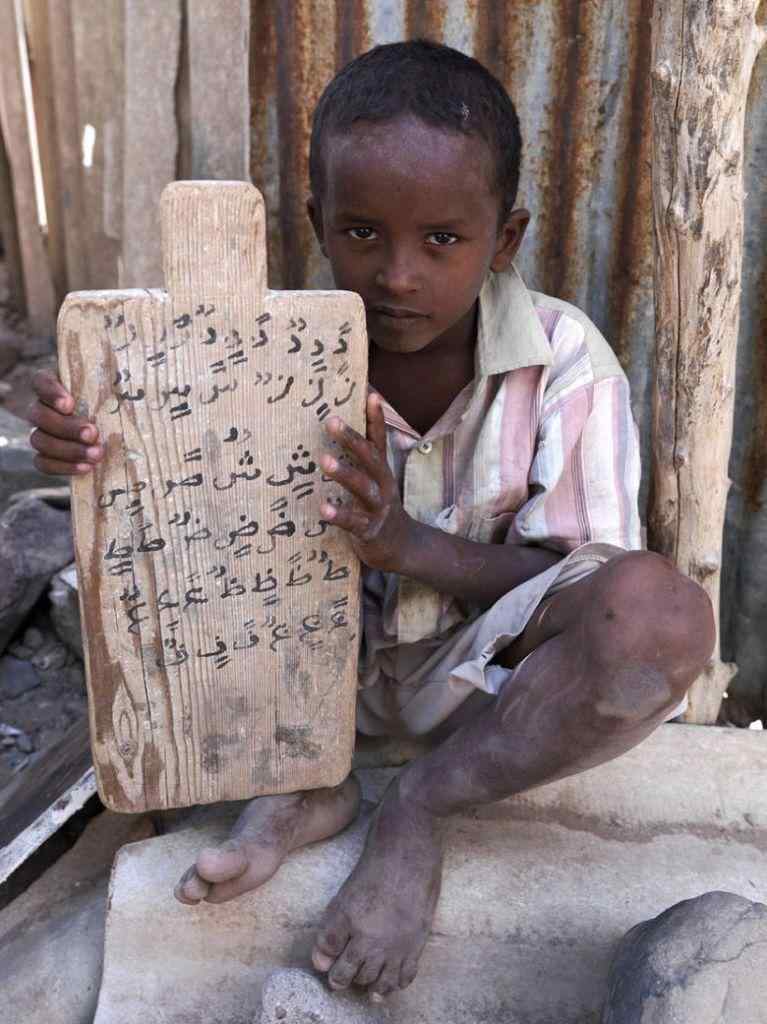
Figure 1.--This boy in the 2000s attend a Koran madrasa in Tadjourah, Djibouti. |

|
Djibouti claims to be the first Africn country to adopt Islam. Close commercial contacts with the Arabian peninsula since ancient times brought the Somali and Afar tribes in contct with Islam at a very early period. Traditionally as in many Muslim countries, education in Djibouti, education was organized by local mosques. The Koranic schools are taught in Arabic. France signed various treaties with the then ruling Somali Sultans (1883-87). Djibouti became a French colony (1897). The French and other European colonists were interested in the Horn of Africa as a result of sea lanes to and from Suez. France also wanted a east-west collection of colonies connecting the Indian Ocean to the Atlantic. At the same time the British were building a north-south connecton between Capetown and Cairo. French Somaliland (French Territory of the Afars and Issas) was created in the first half of the 19th century . The British and Italians also established Somali colonies. The Republic of Djibouti became independent (1977). As a French colony, the system of education in Djibouti is influenced by the French education system. The first Western school was founded by Roman Catholic missionaries (1884). The degrees or diplomas are still awarded by French universities. The countryis very poor and a a result has a very limited education system. There is no formal university in the country which of course limits the training of professionals, including educational professioinals. There is some limited technical training. Some Djibouti students are enrolled in foreign universities under a state-finasnced scholarship scheme. There are teacher training facilities staffed by French faculty. French colonial administrators gave little attention to public education. The French began to focus more on schools after World war II. The limited education system inherited from the French was academic in nature and focused on educating the elites. The country's education is growing. Enrollment in education has increased in the country every year since independence. The iliteracy rate is very high, especially among women (an estimated 85 percent). The government began a series of reforms under a new Education Law. The state system consists of 9 years of compulsory study (5 years of primary education followed by 4 years of middle education). There is a non-compulory 3-year secndary program. Stidents whowant to begin secndary scjhool need a Certificate of Fundamental Education. The New Education Law has also introduced vocational education in secondary level and has established sonme university-level facilities in Djibouti. One source reports that there are 81 public primary schools, 24 registered private primary schools, 12 secondary schools and two vocational schools in Djibouti (2007). In addirion to he state schools, there also exist a number of Koranic madrasas. . Koranic, community-based preschools are well established in Djibouti. There are very few secular pre-schools. Children at these schools learn the Holy Koran, reading, writing, religious instruction, Islamoc teachings, and how to perform prayers. The schools are usually run by a sheikh and staffed by preschool teachers without academic training. Koranic instruction became part of the curriculum in state schools (1964).
.
Related Chronolgy Pages in the Boys' Historical Web Site
[The 1880s]
[The 1890s]
[The 1900s]
[The 1910s]
[The 1920s]
[The 1930s]
[The 1940s]
[The 1930s]
[The 1940s]
[The 1950s]
[The 1960s]
[The 1970s]
[The 1980s]
Related Style Pages in the Boys' Historical Web Site
[Long pants suits]
[Knicker suits]
[Short pants suits]
[Socks]
[Eton suits]
[Jacket and trousers]
[Blazer]
[School sandals]
[School smocks]
[Sailor suits]
[Pinafores]
[Long stockings]
Navigate the Boys' Historical Clothing Web Page
[Return to the Main African school uniform country page]
[Return to the Main Djibouti page]
[Introduction]
[Activities]
[Biographies]
[Chronology]
[Clothing styles]
[Countries]
[Bibliographies]
[Contributions]
[FAQs]
[Glossary]
[Images]
[Links]
[Registration]
[Tools]
[Boys' Clothing Home]
